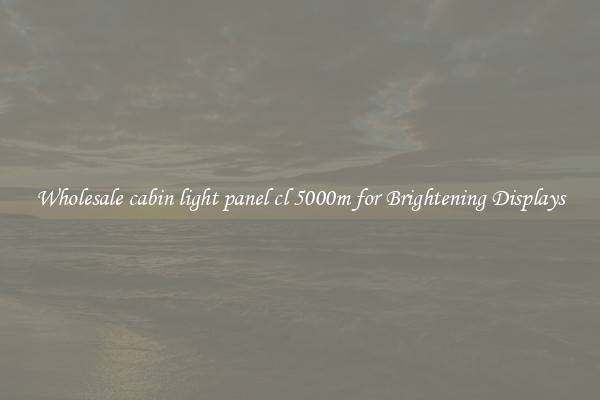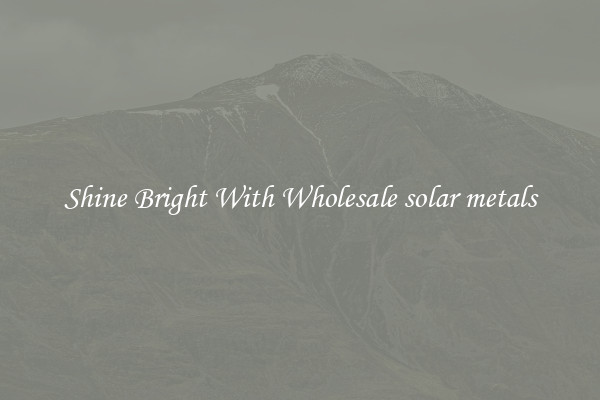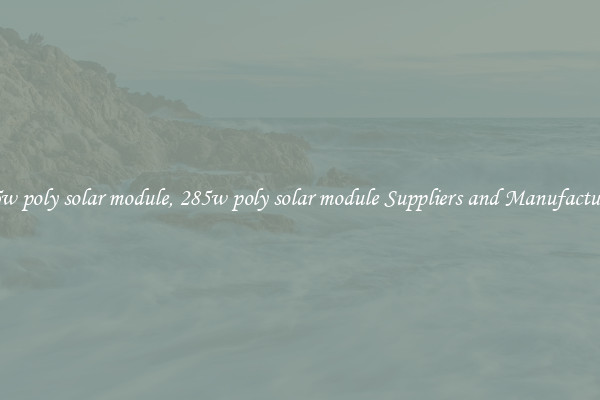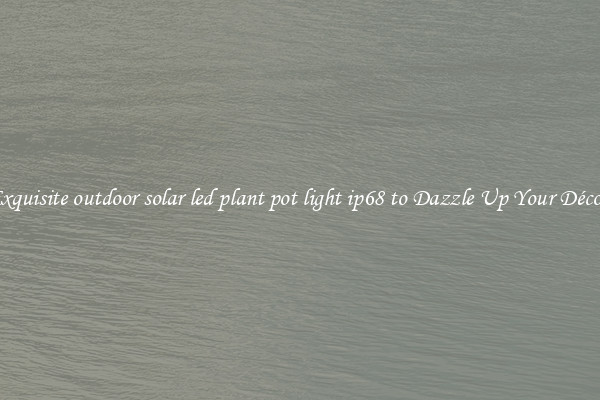High-Efficiency pet encapsulation solar panel
As the demand for renewable energy sources continues to grow, more and more innovative technologies are being developed to harness the power of the sun. One such technology that is gaining popularity is high-efficiency pet encapsulation solar panels.
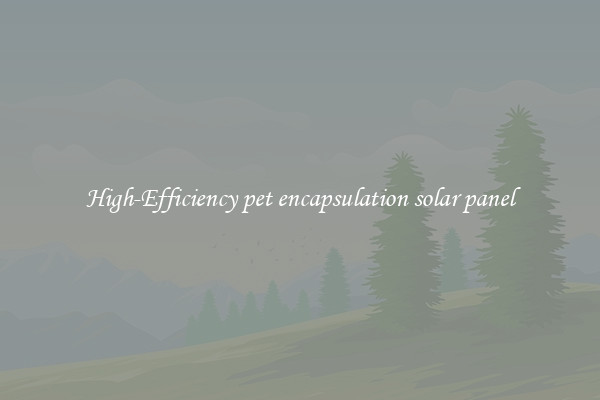
These solar panels are designed to encapsulate the solar cells in a protective layer of special polymer material, known as PET, which enhances their performance and durability. PET encapsulation provides a number of benefits over traditional glass-fronted solar panels, making them an attractive option for both residential and commercial applications.
One of the key advantages of high-efficiency pet encapsulation solar panels is their increased efficiency. The PET layer helps to reduce reflection of sunlight, allowing more of it to be absorbed by the solar cells. This results in a higher energy output, making them more efficient than their glass-fronted counterparts. In fact, some studies have shown that pet encapsulated solar panels can be up to 10% more efficient in converting sunlight into electricity.
Another benefit of pet encapsulation is its durability and resistance to the elements. The PET layer acts as a protective shield, preventing damage from hail, snow, and other environmental factors. This means that pet encapsulated solar panels have a longer lifespan and require less maintenance than traditional solar panels, saving owners time and money in the long run.
Furthermore, pet encapsulated solar panels are also more lightweight and flexible than glass-fronted panels, making them easier to install and transport. This flexibility allows for a wider range of applications, including integration into building materials and surfaces, such as curved roofs and façades.
Overall, high-efficiency pet encapsulation solar panels offer a number of benefits over traditional solar panels, including increased efficiency, durability, and flexibility. As the demand for renewable energy continues to grow, these innovative panels are likely to play an important role in meeting our energy needs in a sustainable and environmentally friendly way.

View details

View details

View details

View details
